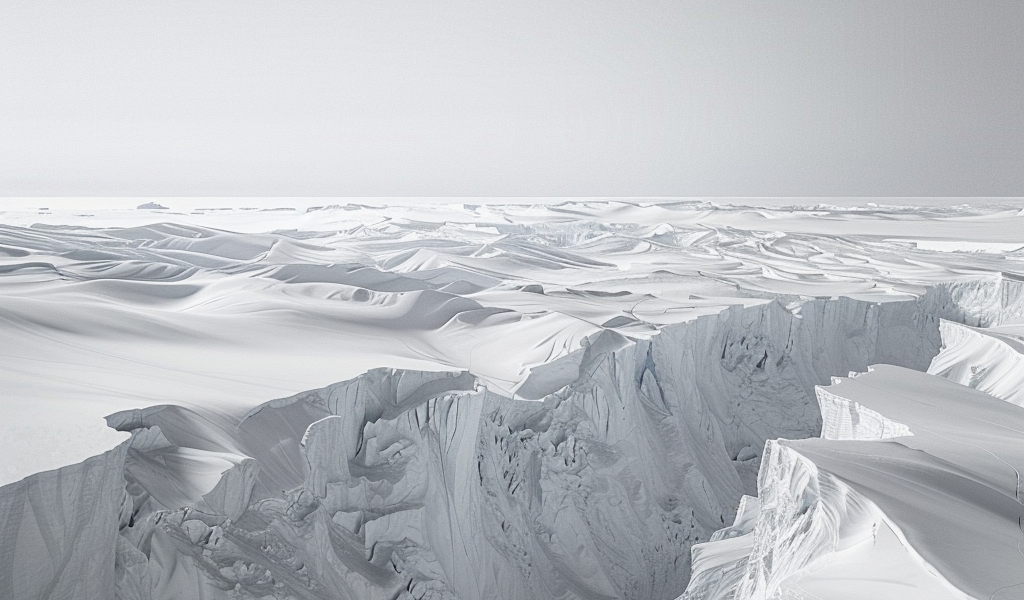Scientists have made a startling discovery about the Thwaites Glacier in West Antarctica, which is often referred to as the ‘Doomsday Glacier’ due to the potential catastrophic consequences of its collapse. According to a new study published in the journal Proceedings of the National Academy of Sciences, researchers have found evidence that the glacier began rapidly retreating in the 1940s, shedding light on the alarming rate of future melting.
By analyzing marine sediment cores extracted from beneath the ocean floor, scientists have determined that the Thwaites Glacier started to significantly retreat in the 1940s, possibly triggered by a powerful El Niño event, a natural climate fluctuation with warming effects. This revelation is particularly concerning as it suggests that the glacier has been unable to recover since then, potentially due to the escalating impact of human-caused global warming.
The implications of the Thwaites Glacier’s fate are substantial. Already responsible for contributing 4% of sea level rise by shedding billions of tons of ice annually into the ocean, its complete collapse could lead to a rise in sea levels by over 2 feet. Moreover, the stability of the West Antarctic Ice Sheet, which holds enough water to raise sea levels by at least 10 feet, is intricately linked to the fate of the Thwaites Glacier, as it acts as a crucial barrier holding back the vast expanse of ice behind it. The collapse of the Thwaites Glacier could undermine the stability of the entire ice sheet, resulting in catastrophic global flooding.
Furthermore, the study’s findings align with previous research on the neighboring Pine Island Glacier, indicating that both glaciers began retreating rapidly in the 1940s. This correlation underscores the broader context of a changing climate, as noted by Julia Wellner, an associate professor of geology at the University of Houston and one of the study’s authors. According to Wellner, the simultaneous retreat of both glaciers provides compelling evidence of external forcing mechanisms driving their accelerated melting.
The significance of this research cannot be overstated. The findings not only shed light on the concerning state of the Thwaites Glacier but also emphasize the urgent need for concerted global efforts to address the underlying causes of climate change and mitigate its far-reaching impacts.





